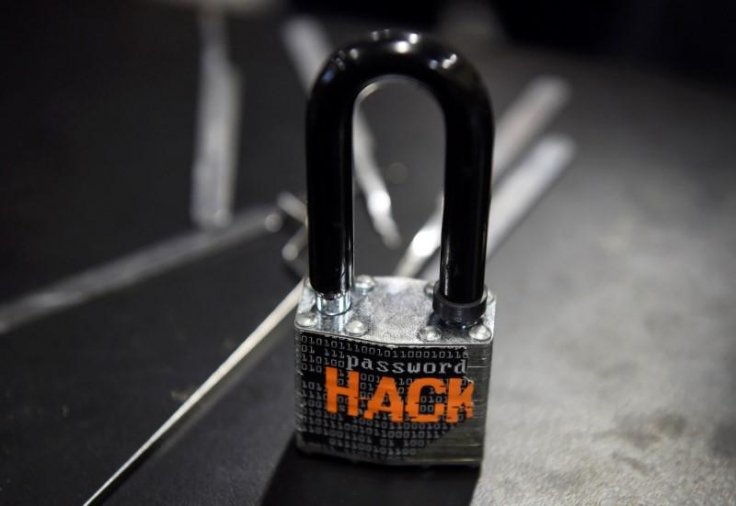
Several people have become victims of phishing websites after they responded to e-mails purportedly sent by DBS Bank or Singapore Airlines.
The police have advised members of the public to beware of phishing websites that look genuine and to immediately report any suspected fraudulent credit card charges to their cards' respective banks.
There are a few ways to prevent falling for such scams:
- Be cautious when disclosing personal and sensitive information online.
- Look for tell-tale signs that indicate that a website is not genuine. For example, secure websites often use "https:" instead of "http:" in their URL, or display a closed padlock or unbroken key at the bottom of the web browser. Try to use the latest versions of internet browsers available, which may provide advanced security features such as anti-phishing and forged website identification. If such features are available, users are advised to turn them on.
- Be suspicious of online friends. They may post a link about a great deal on a restaurant or retailer, that might actually take you to a phishing site. Be especially wary of deals that sound too good to be true or of shortened links with hidden domain names.
- Change your passwords frequently/ Do not use the same password for your email, bank account and retail sites because by doing so you put yourself at risk for hacking. If one site's security is jeopardized, then suddenly the fraudster could potentially access all of your accounts. Sign up for two-step authentication when possible, and create complicated password that are difficult to guess.
- Report fraudulent charges to credit card bills to the bank immediately.









